Berlin has one of the largest metropolitan areas in all of Europe. Aside from the popular tourist spots like the Brandenburg Gate and the Reichstag, Berlin boasts a variety of unconventional and lesser-known attractions worth visiting. If you have already visited the typical tourist spots in Berlin, let me introduce you to some of its hidden gems. I have compiled a list of lesser-known places in Berlin for you to discover and appreciate.
Urban Nation Museum
In recent decades, urban art has played a significant role in shaping Berlin and ensuring that the city is perceived as an international art hub. The establishment of the first Urban Nation Museum for Contemporary Art in Berlin was a deliberate choice, given the city's reputation as the 'graffiti capital' of Germany, if not Europe. The museum, whose influence extends beyond Berlin, showcases urban art as a democratic and inclusive form of art that engages people of all ages and backgrounds, thus sparking social conversations. Operating under the motto 'Connect. Create. Care.,' the museum serves as an exhibition space and a community project, integrating facade paintings on residential and commercial buildings along Bulowstrasse.
Address: Bülowstrasse 7
Kunstraum Kreuzberg/Bethanien
The history of Kunstraum Bethanien is closely linked to the building on Mariannenplatz in Kreuzberg, known as the Central Deaconess Institute and Hospital Bethanien, which King Frederick William IV of Prussia commissioned in the mid-19th century. Despite plans for its demolition in 1974, the building was redeveloped and now serves as the Kunstraum Kreuzberg/Bethanien complex, hosting group shows and exhibitions dedicated to contemporary social and cultural processes and their relation to art. With an exhibition area of 450 square metres and over 200 metres of hanging space, the exhibitions focus on diversity, internationality and local issues. Around six exhibition projects are completed each year in collaboration with various institutions and artist groups and are accompanied by guided tours, films, discussions and artist talks.
Address: Mariannenplatz 2
Street art in the Kreuzberg district
Explore Berlin's Kreuzberg district on a self-guided walking tour to discover unique street art and other attractions in the area. The tour, which starts and ends at Moritzplatz U-Bahn station, covers approximately five kilometres and is perfect for a morning or afternoon stroll.
Ruins of Anhalter railway station
The Anhalter Bahnhof, once a grand train station in Europe, now only has a graffiti-covered entrance wall that shows signs of decay and war damage. The station, opened in 1880 by Kaiser Wilhelm I and Chancellor Otto von Bismarck, had waiting rooms for passengers of different ticket classes. In its prime in the 1930s, the station had six platforms with trains departing every few minutes, carrying around 44,000 people per day. Sadly, during World War II, the station was used to deport 9,600 Jews to concentration camps.
Address: Askanischer Platz 6
Botanic Garden
Spanning 51 hectares, the Botanic Garden is a large and significant green space in Berlin-Dahlem that houses around 20,000 plant species. Visitors can relax by the lakeside, stroll along scenic trails and explore different sections featuring plants from around the world. With 16 houses open to the public, the greenhouse complex allows visitors to experience tropical and subtropical vegetation. The Main Tropical Greenhouse, a beautifully restored Art Nouveau masterpiece, offers a unique and immersive experience. Once inside, visitors can escape the outside world and immerse themselves in the beauty of the garden.
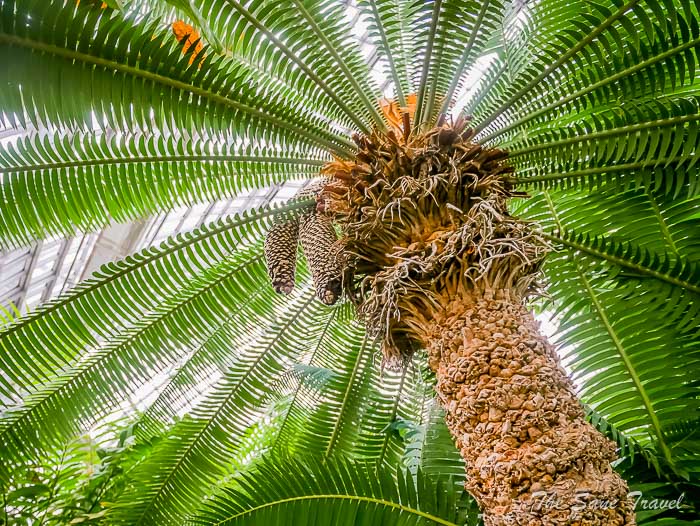
Address: Königin-Luise-Strasse 6-8
Hamburger Bahnhof Museum
The Hamburger Bahnhof Museum houses a vast collection of contemporary art and presents it through various exhibitions. It is the largest of the buildings holding the Nationalgalerie’s extensive art collection. The museum’s name refers to the building’s original function as one of the first terminal stations of the rail system in Germany. In 1846, it opened as the terminus of the railway line between Hamburg and Berlin. Architect and railway pioneer Friedrich Neuhaus designed the late neoclassical style of the building, and it is now the only remaining railway station from that era in the city. In 1996, the Hamburger Bahnhof reopened as a museum of contemporary art, exhibiting works from the Nationalgalerie Collection and the Marx Collection. Today, it is considered one of the largest and most important public collections of contemporary art in the world.
Address: Invalidenstrasse 50
Kopenick neighbourhood
Old Town Kopenick has maintained much of its 18th-century charm, as it was not affected by Allied bombings or GDR development. Kopenick has been a part of Berlin since 1920 and is home to mainly renovated 18th and 19th-century two-storey buildings. The area around Kopenick Palace has slightly taller buildings, but the neighbourhood still has a cosy small-town atmosphere. 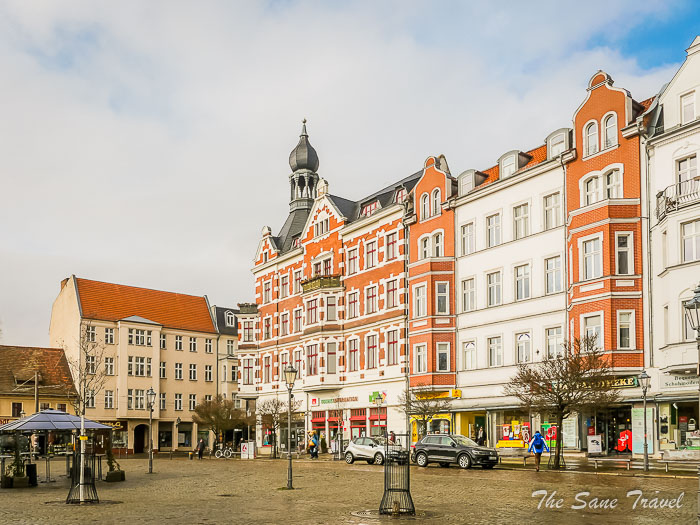
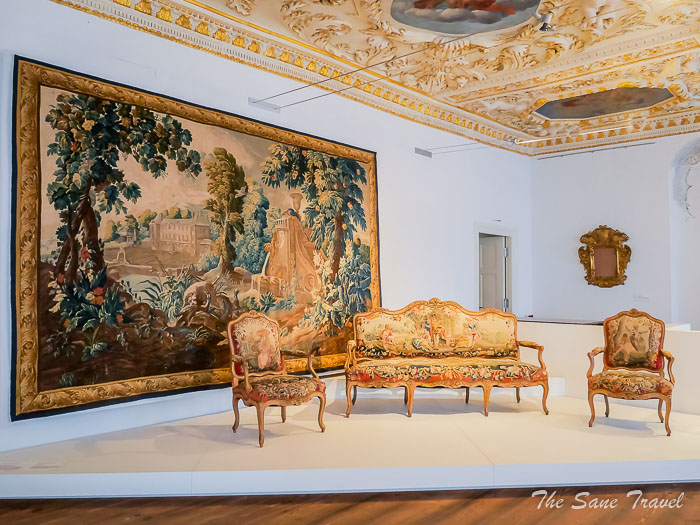
Spandau district
Spandau is located in the western part of Berlin, where the Havel and Spree rivers meet. The residents of Spandau take pride in their district and often identify themselves as Spandauers rather than Berliners due to its long history as an independent city dating back to the 13th century when it was established as a fortress. In 1920, Spandau became a part of Greater Berlin as one of its boroughs.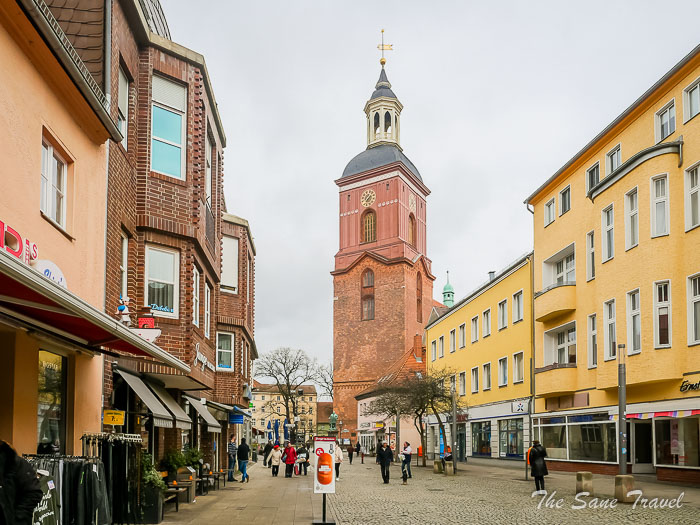
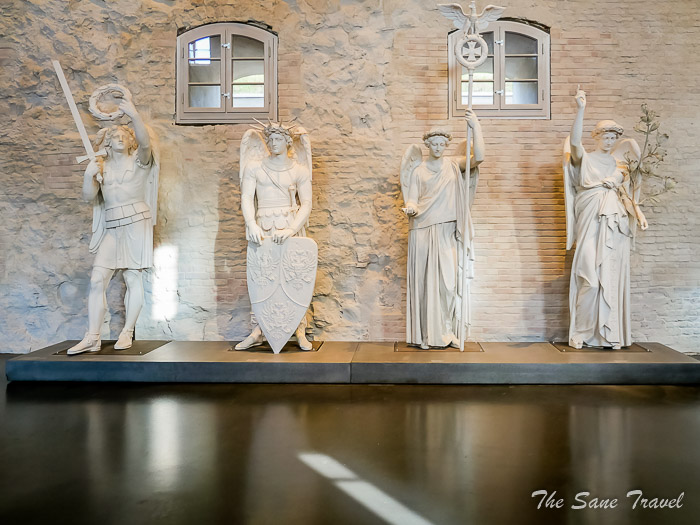
Liquidrom
Located in the bustling neighbourhood of Berlin-Kreuzberg, Liquidrom is an urban spa lounge that offers a unique and immersive experience through minimalist architecture, light, music and water. The main attraction of the establishment is a spacious domed hall that houses a saltwater pool heated to 36°C and equipped with underwater speakers for a unique electronic music experience. Visitors can enjoy sauna sessions and massages, relax in the saltwater pool or have drinks at the bar. Liquidrom blurs the lines between sauna, wellness, bar and club, providing a one-of-a-kind experience. Making a reservation is recommended to guarantee entry, especially for those travelling long distances to avoid long waits.
Like it? Pin it!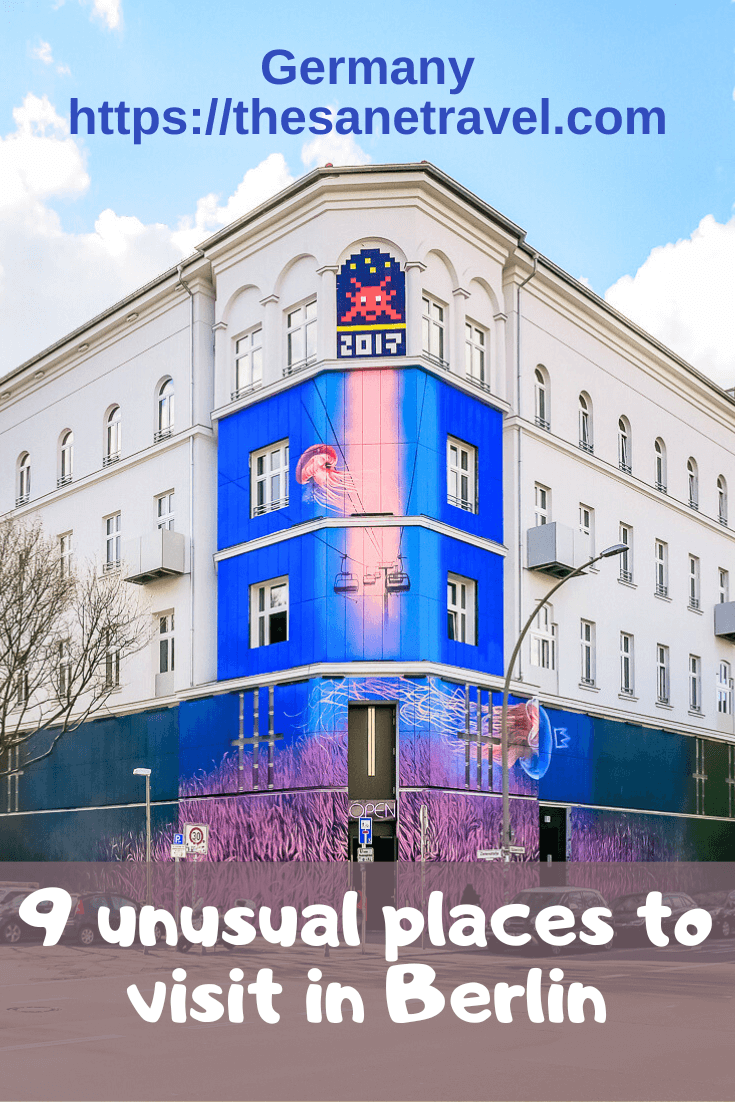
What did you think? Have you been to Berlin? I would love to hear from you, so please add your comment below.
Author: Anita Sane

About the author
Anita is a part-time traveller, passionate photographer and a retired career woman from Latvia, travelling mostly solo for more than 15 years. She is a skilled travel planner who plans and executes her travels by herself. Anita wants to show you how to travel the world and open your mind to new experiences. Follow her on Facebook, Instagram, Pinterest, Twitter and Bloglovin.

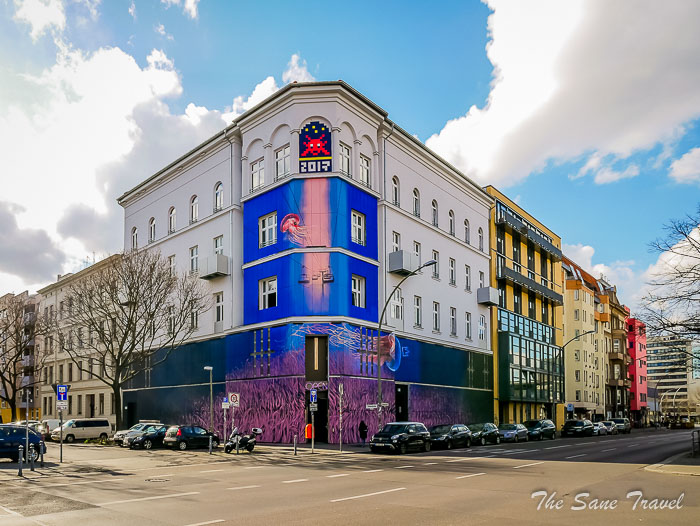
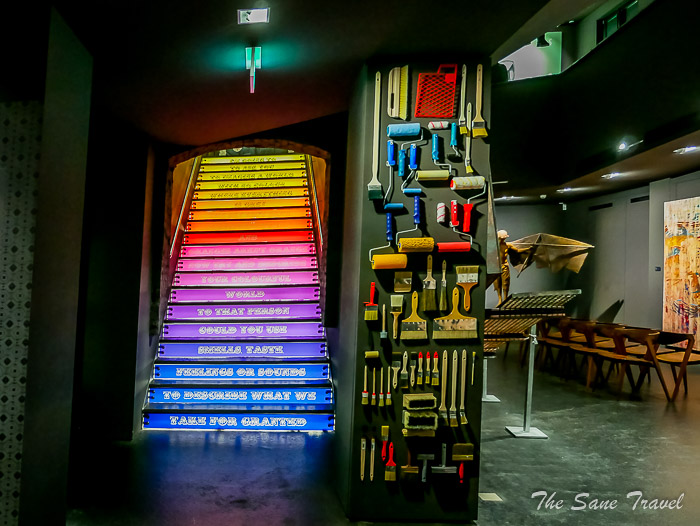
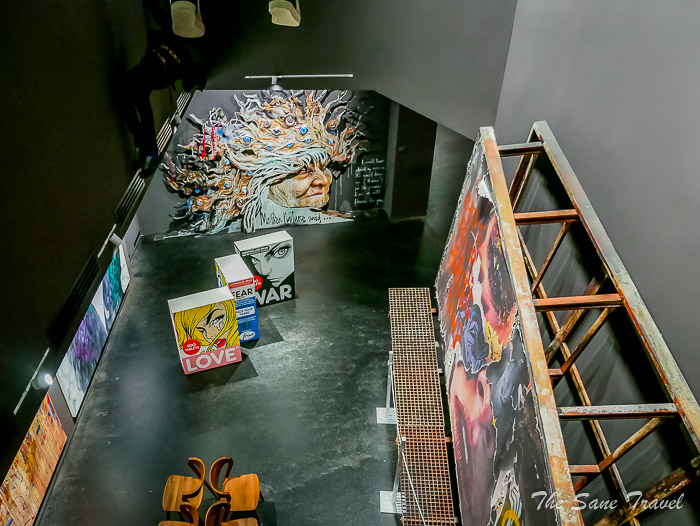
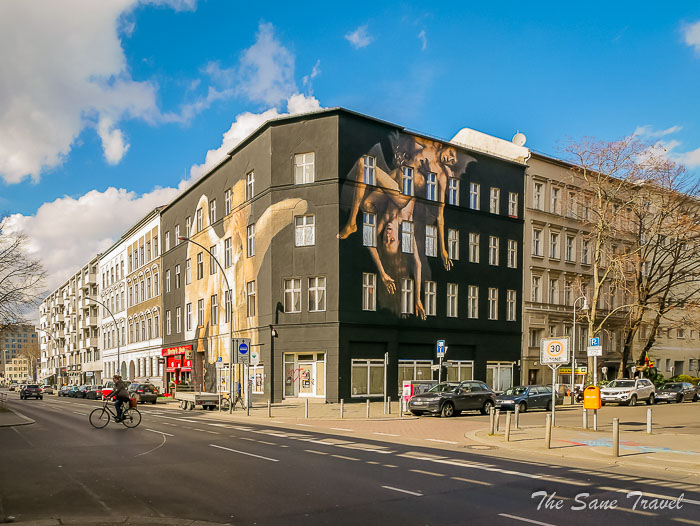
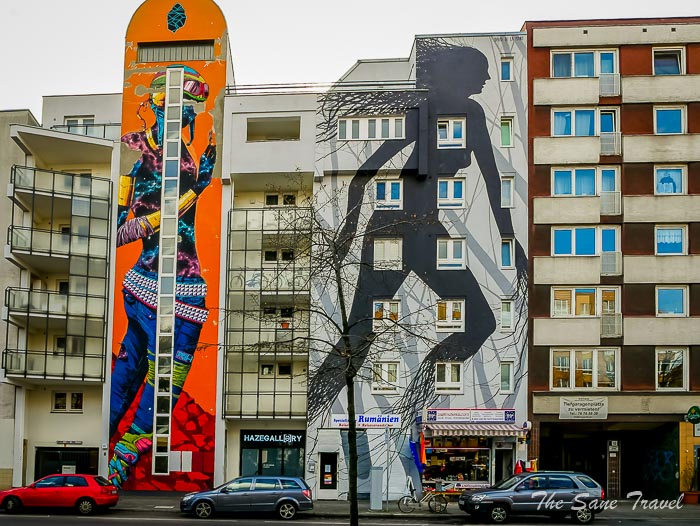
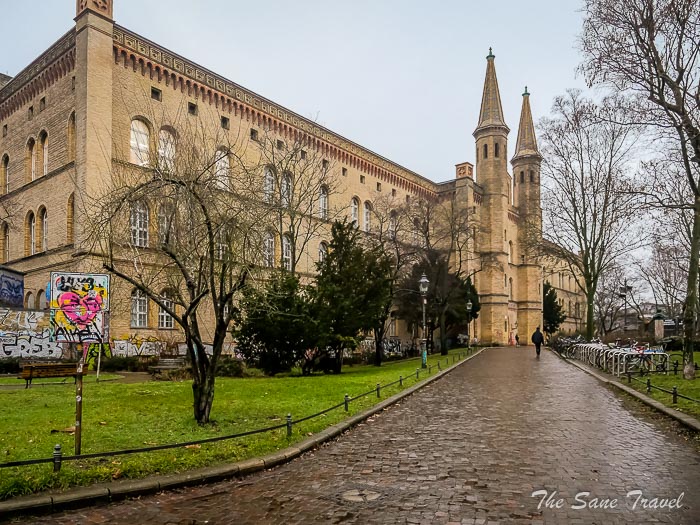
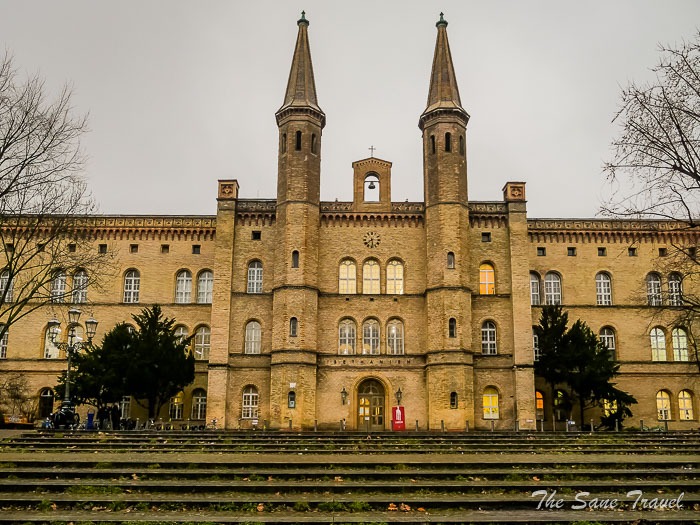

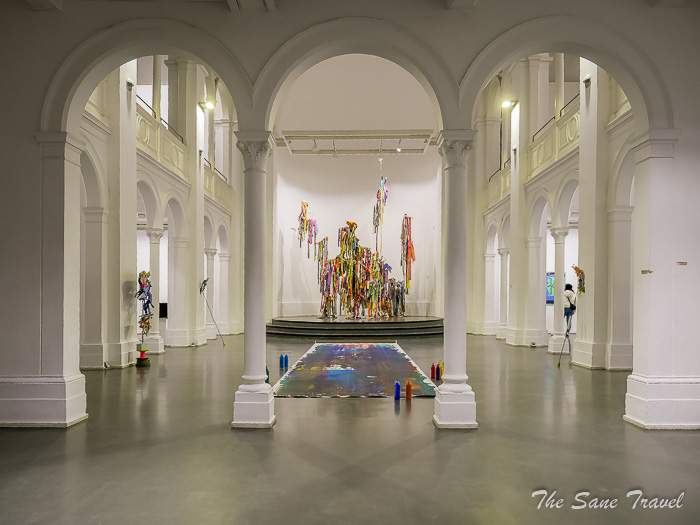
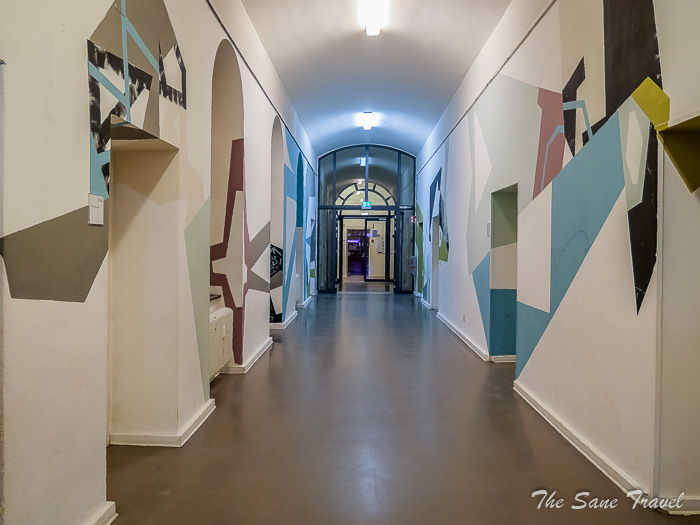
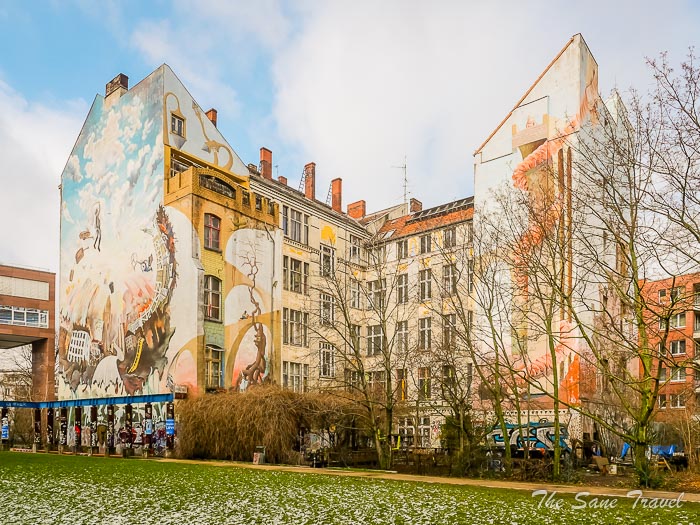
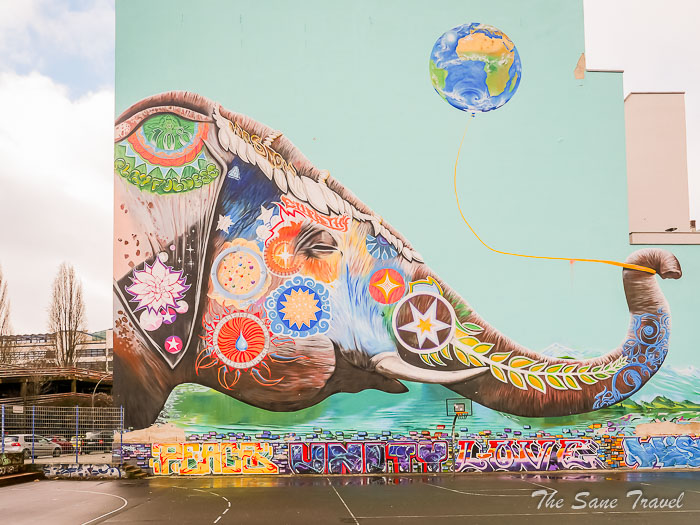
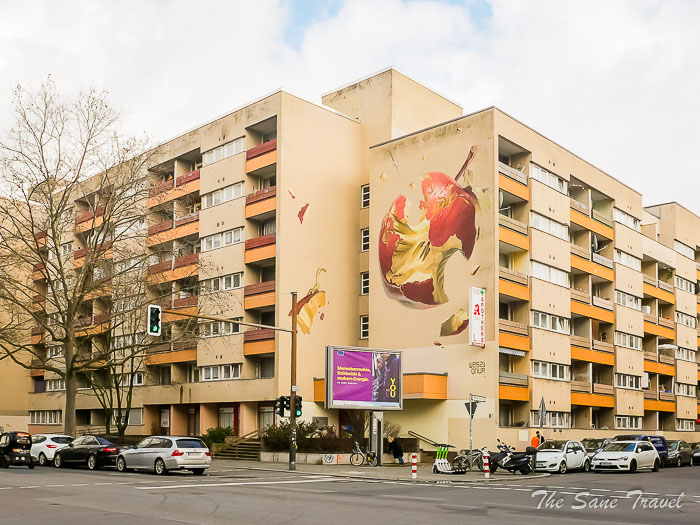
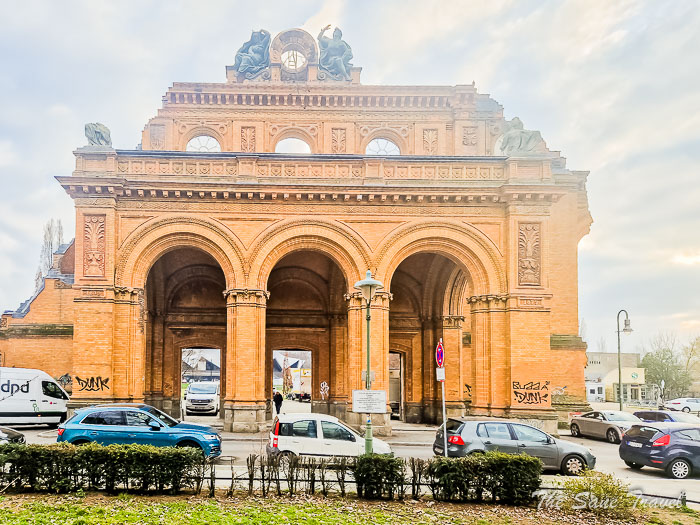
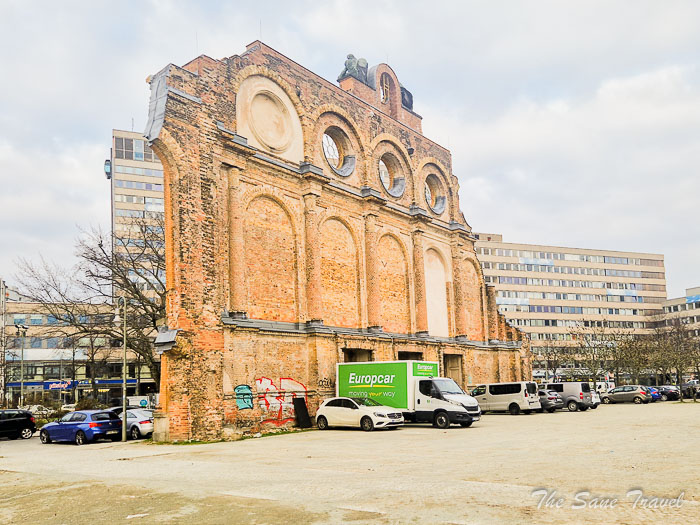
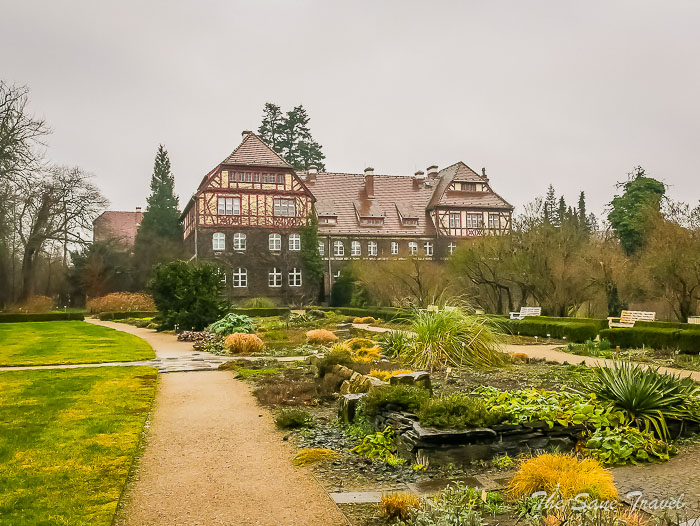
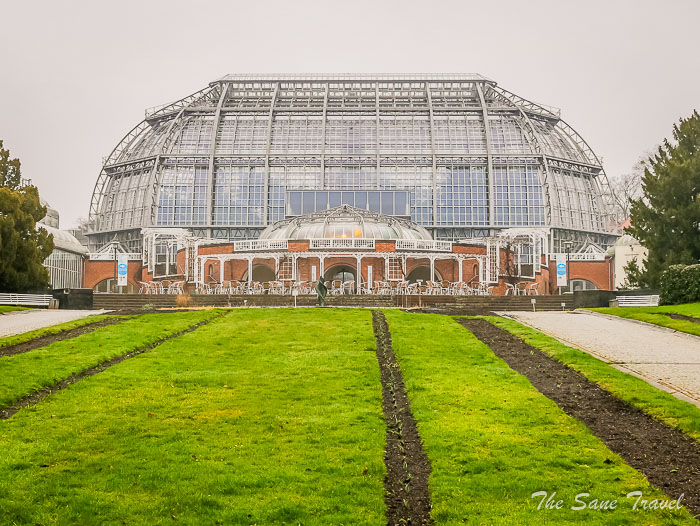
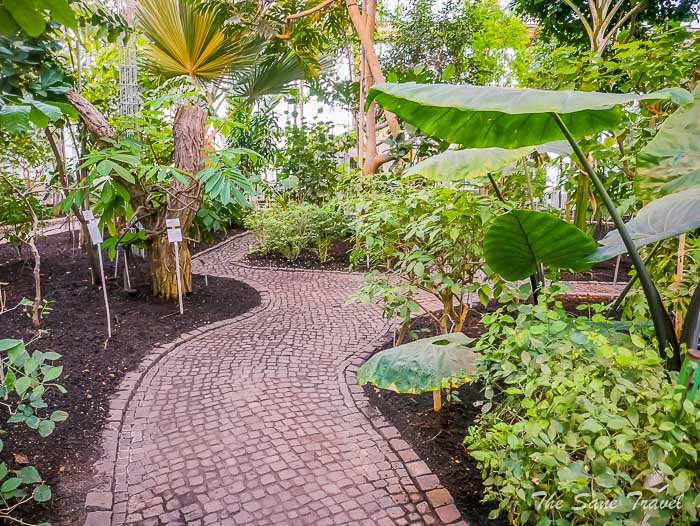
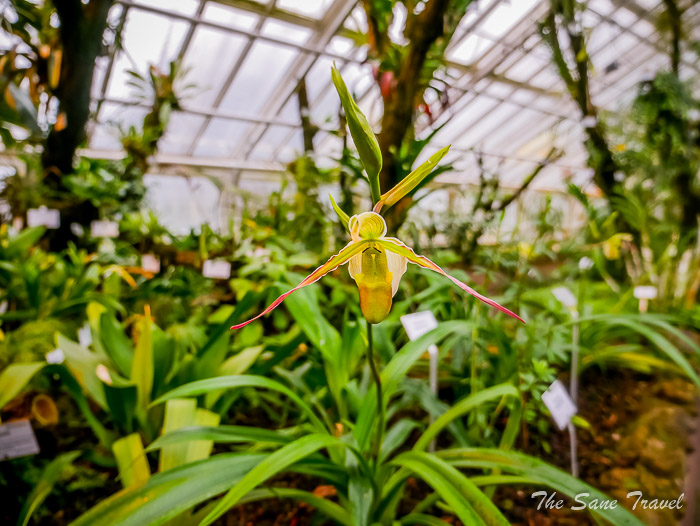
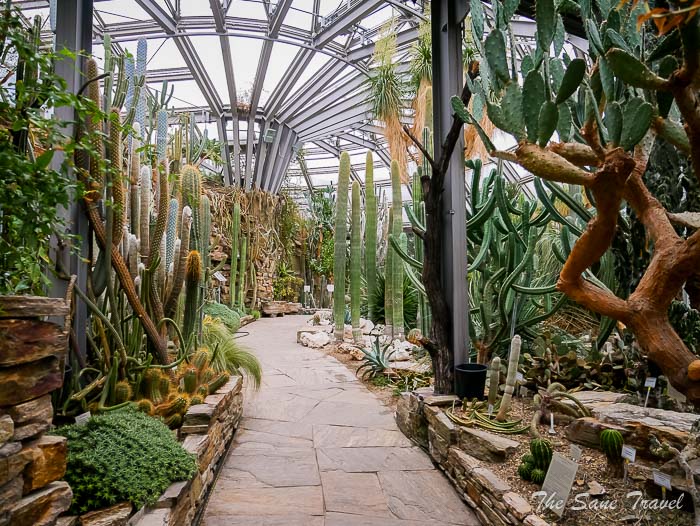
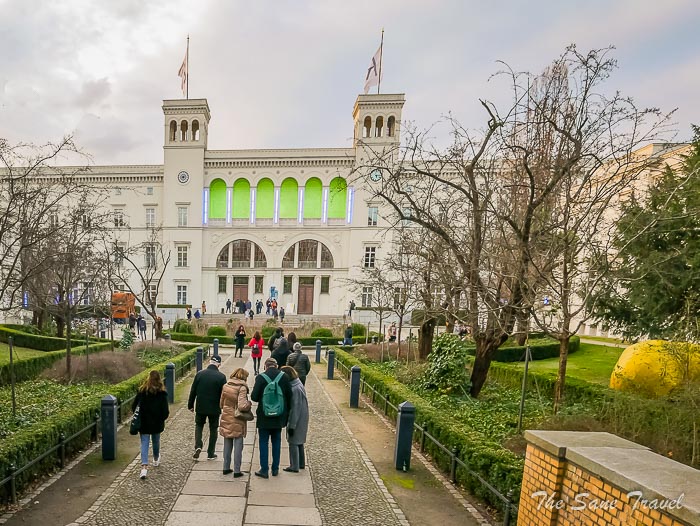
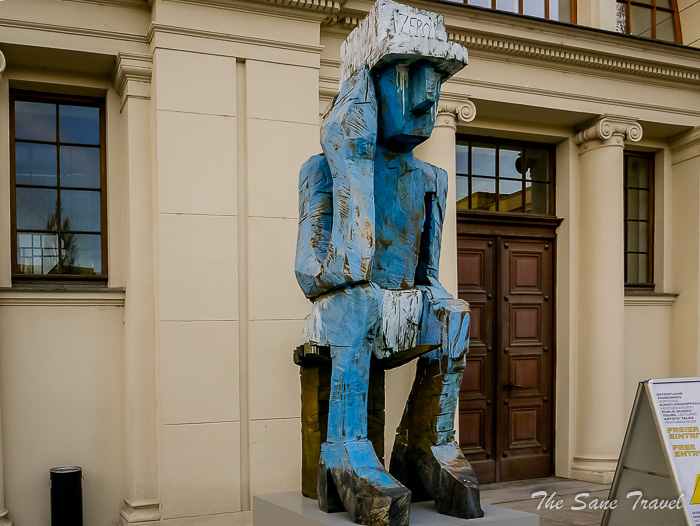
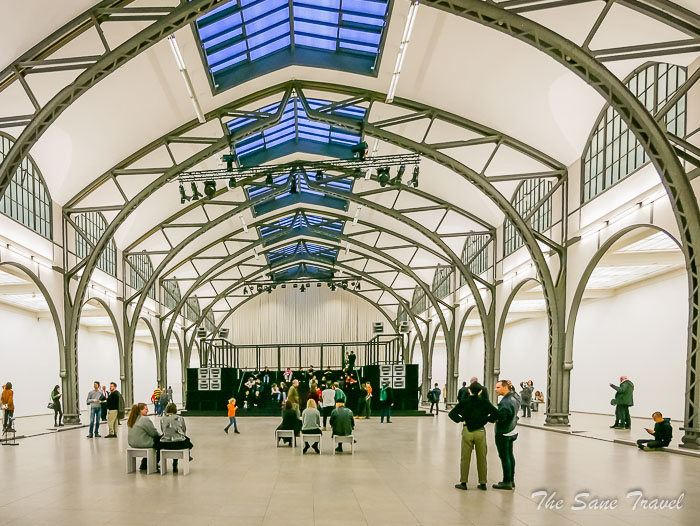
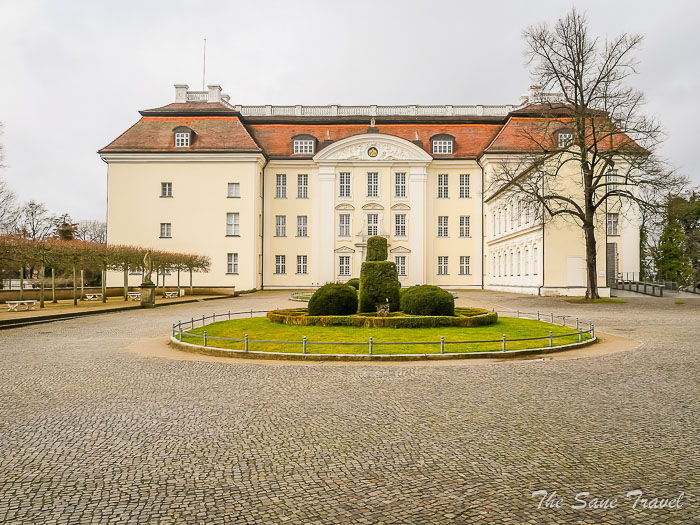
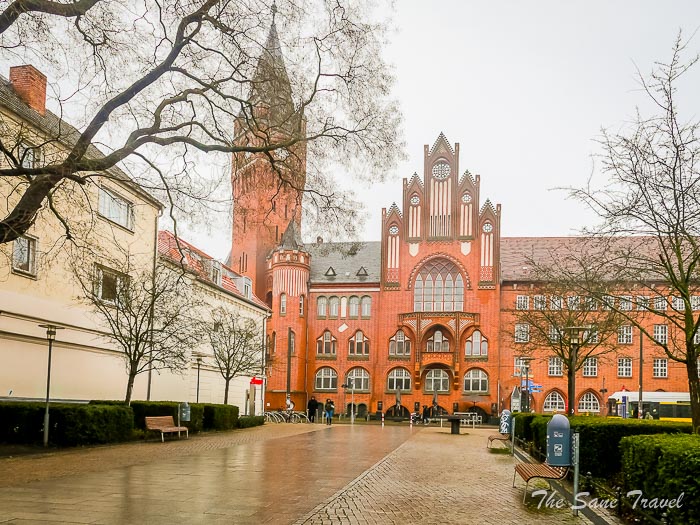
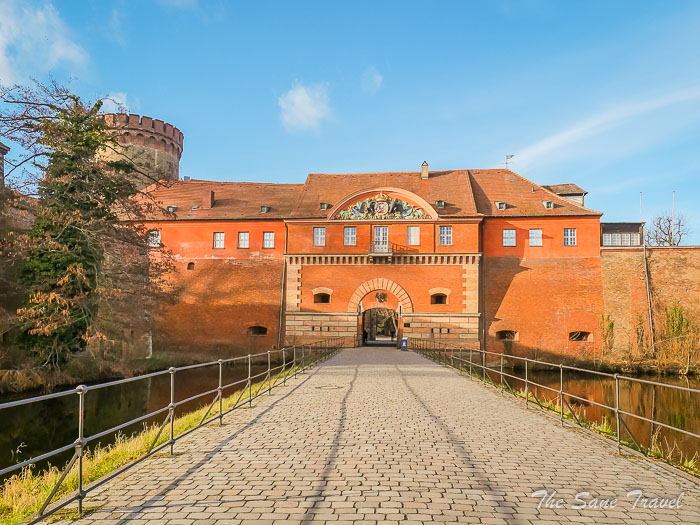
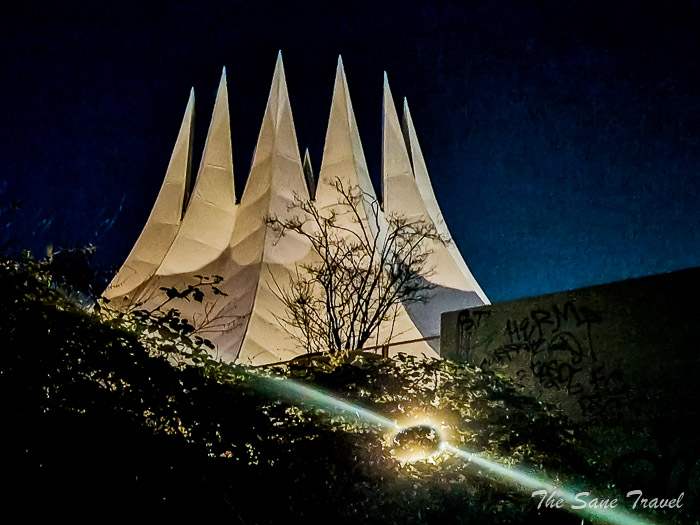
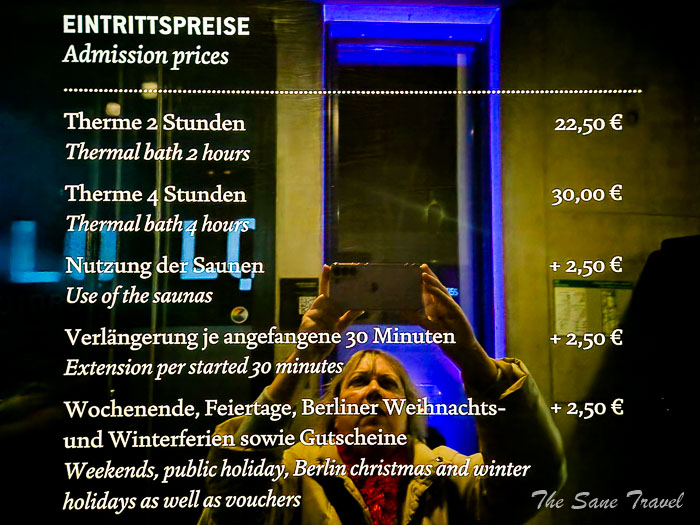
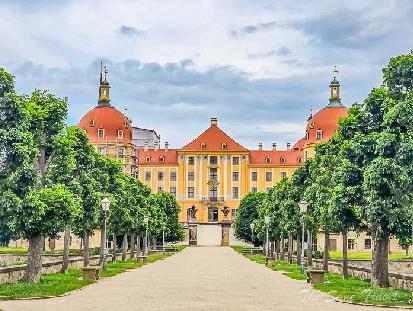
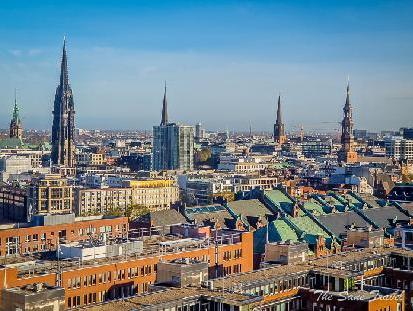
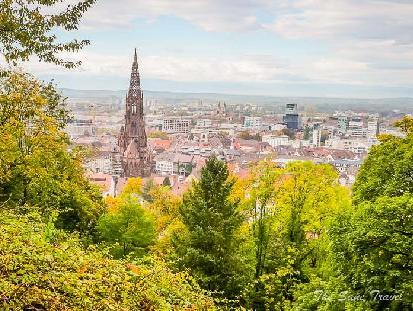
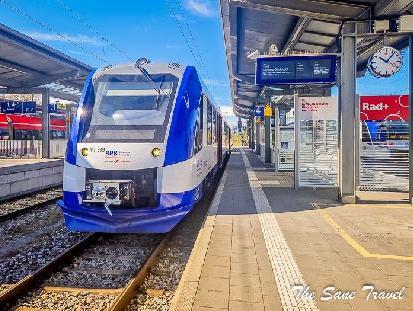
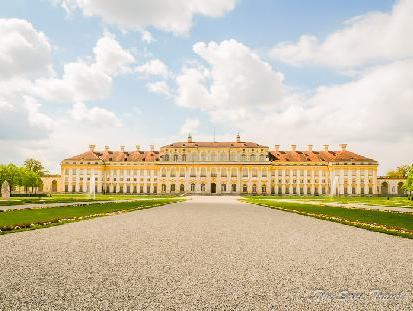
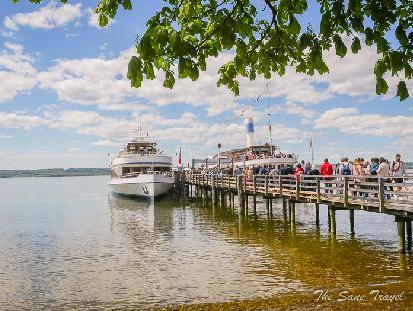
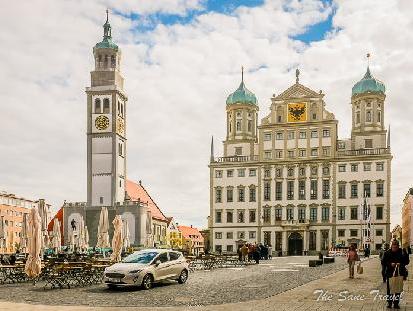
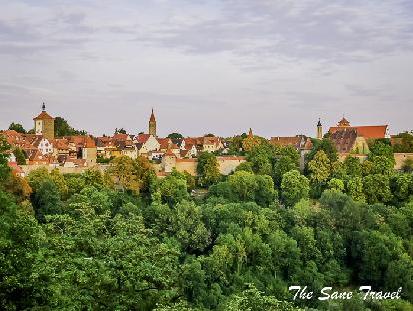
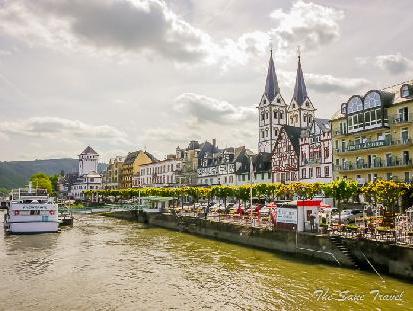
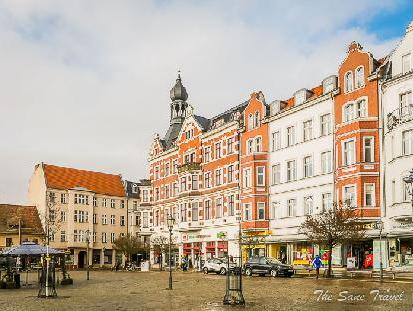
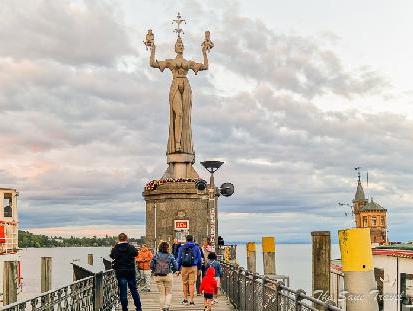
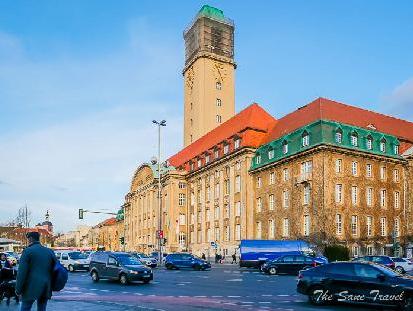

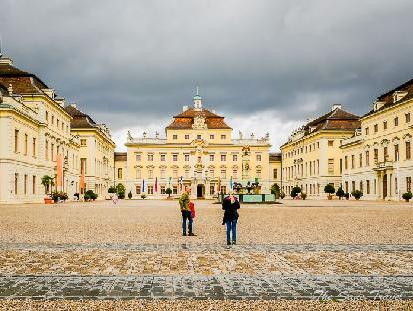
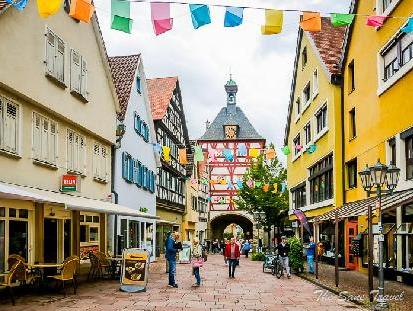
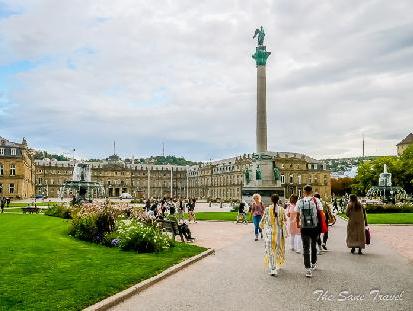

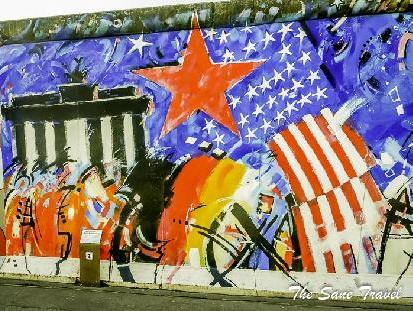
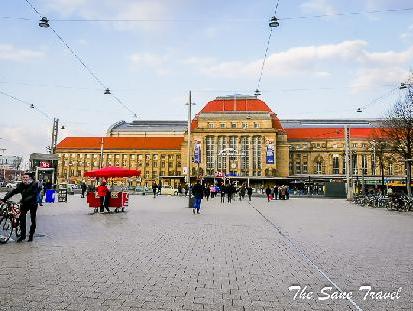
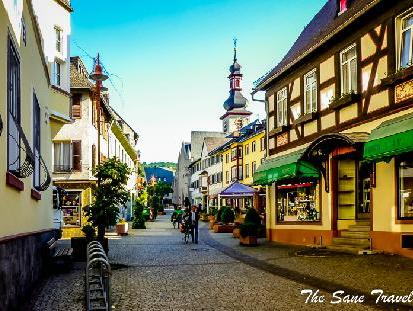
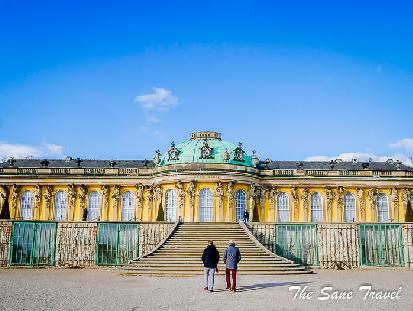
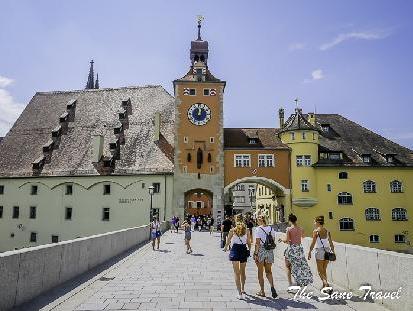
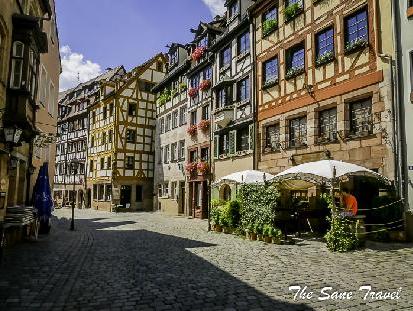
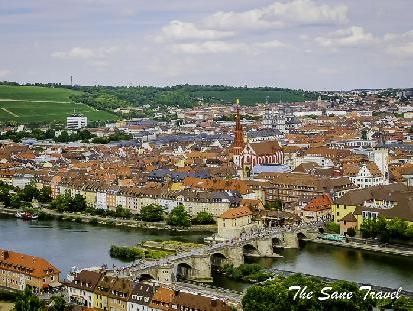
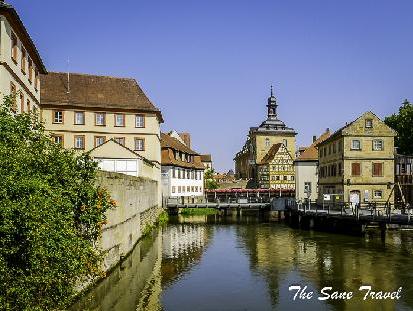
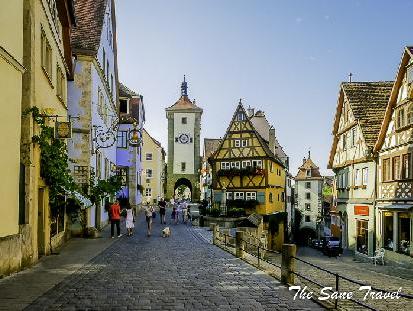
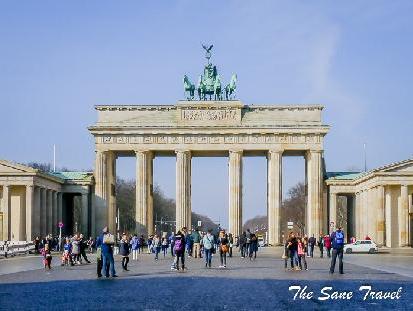

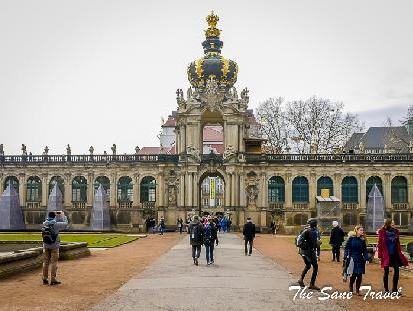
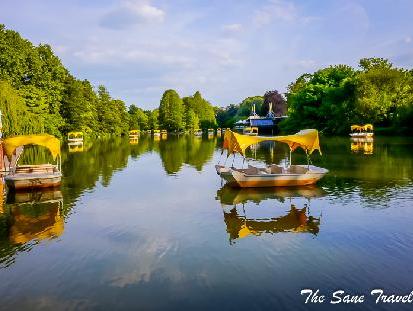
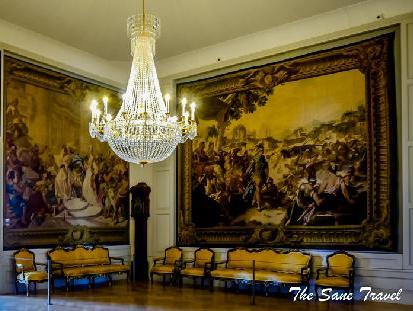
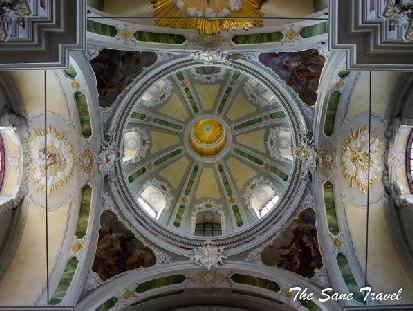
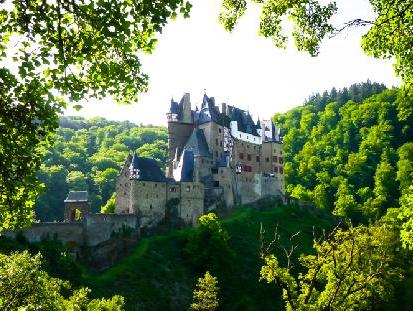
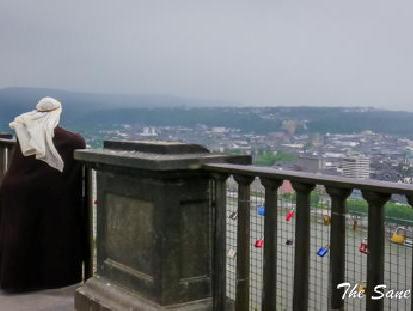
Report
My comments